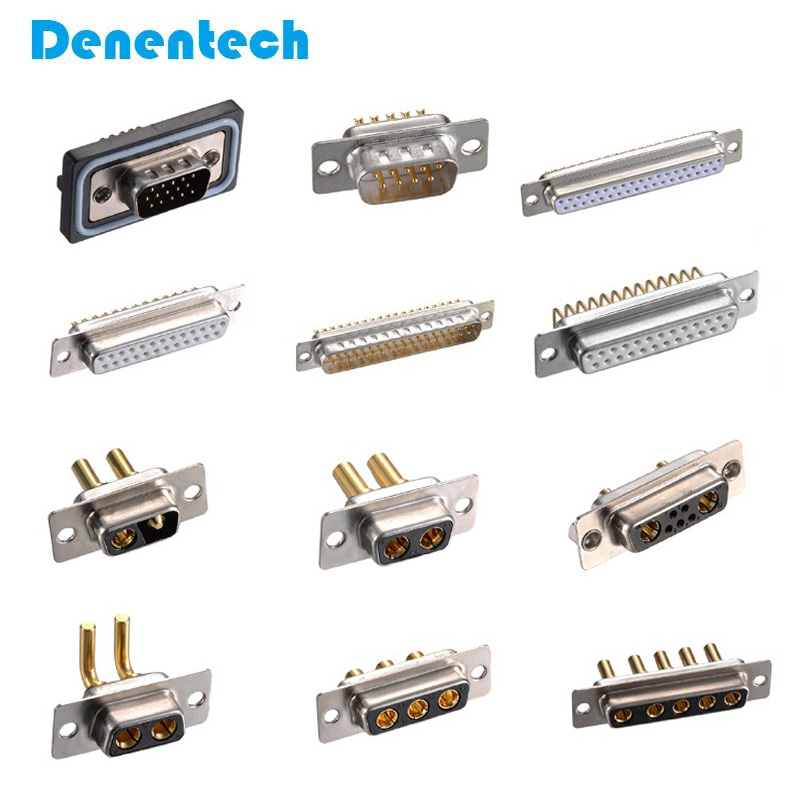Testing the quality of D-sub connector is an important step to ensure the stable connection and data transmission of equipment. Here are some common methods:
1. Appearance inspection:
Bent or missing pins: Check the pins of connectors to make sure they are not bent, missing or damaged.
Welding quality: check the welding points to ensure good welding quality, no welding slag or insufficient welding.
2. Electrical test:
Connectivity test: use a multimeter to test the connectivity between the pins of the connector to ensure that there is no open circuit or short circuit.
Insulation test: test the insulation performance of connectors to prevent accidental contact between pins.
3. Mechanical test:
Plugging and unplugging times test: simulate the plugging and unplugging process of the connector, and check whether the connector remains stable after multiple plugging and unplugging.
Socket quality: check the socket of the connector to ensure that there is enough fastening force when the plug is inserted.

4. RF test:
Shielding efficiency: test the RF shielding efficiency of the connector to ensure that the connector will not interfere or be interfered in the high frequency environment.
Signal integrity: test the integrity of the connector when transmitting signals to ensure that the signal quality is not damaged.
5. Environmental testing:
Temperature resistance test: put the connector at different temperatures to check its performance under extreme temperature conditions.
Dust-proof and waterproof test: check the dust-proof and waterproof performance of the connector to ensure that it can work normally in harsh environment.
6. Identification check:
Identifier check: Make sure that the identifiers and signs on the connector are correct to prevent confusion or wrong connection.
6. Vibration and impact test:
Vibration test: simulate the equipment in vibration environment to ensure that the connector can work stably.
Impact test: check the tolerance of the connector when it is impacted to prevent the connector from loosening or being damaged.
The choice of these methods depends on the application and requirements of the specific D-sub connector. It is best to look for detailed detection methods and standards in the manufacturer's guide.